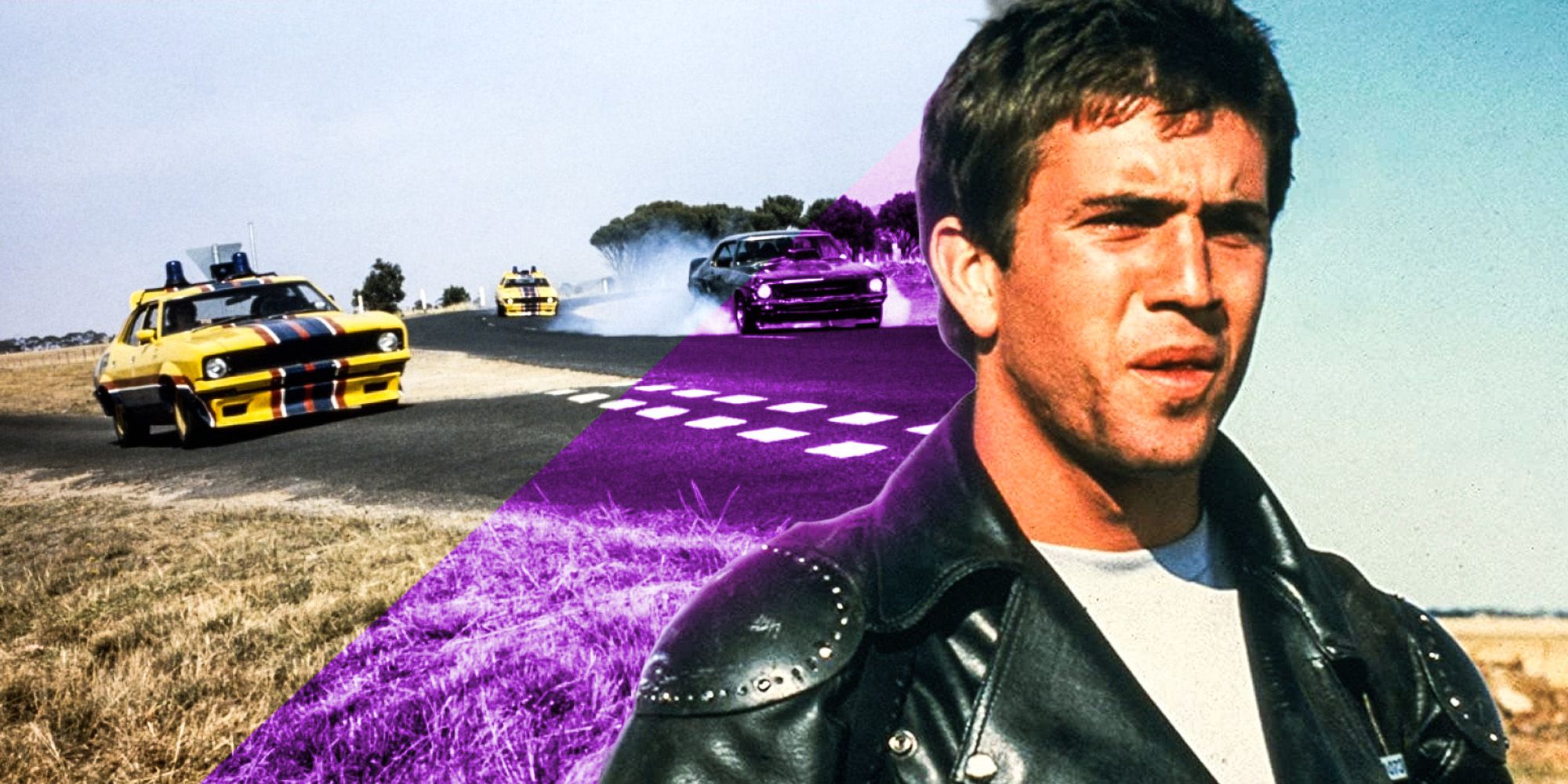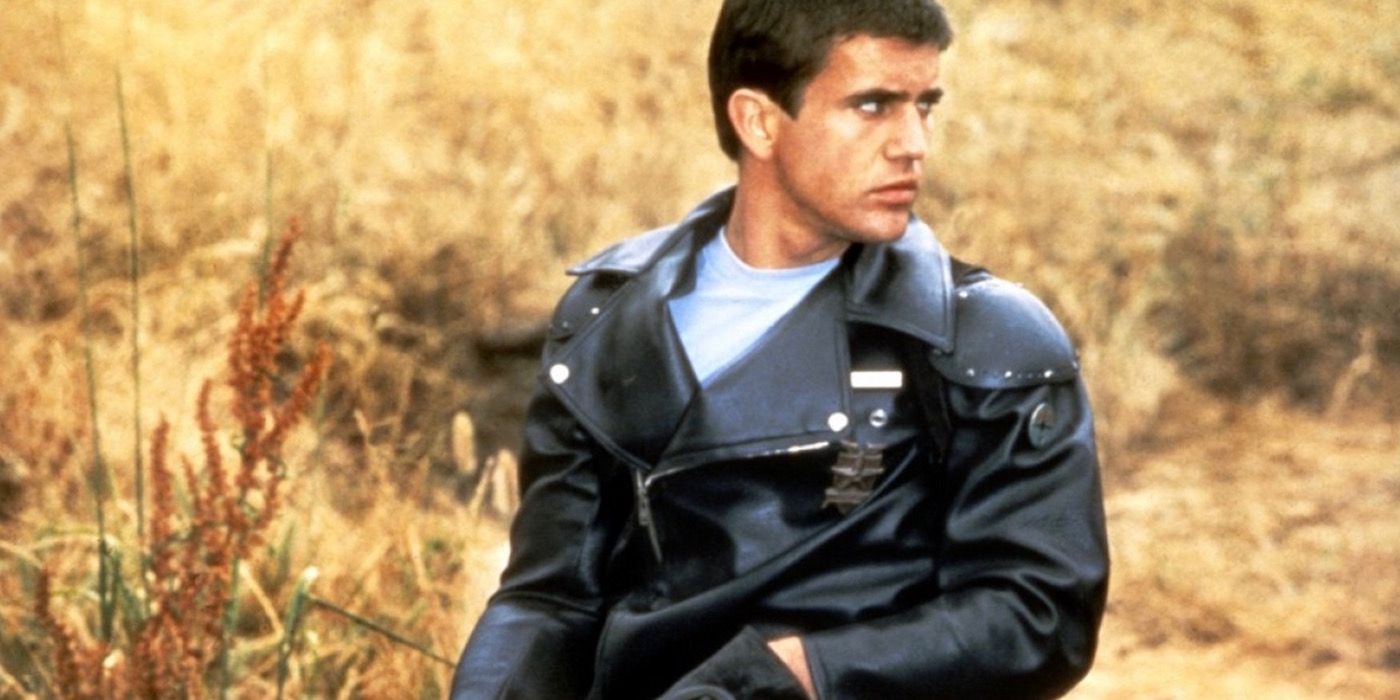The original 1979 Mad Max is a stripped-back revenge thriller with few far-fetched plot elements, so why is the George Miller movie set in the future? Released in 1979, the original Mad Max is a sparse, raw thriller about a young police officer attempting to maintain law and order in a city besieged by a lethal gang. When the villainous Toecutter and company go too far and kill his family, Mel Gibson’s iconic character fulfills the promise of the title and begins a bloody revenge rampage.
The subsequent sequels in the Mad Max franchise added significant sci-fi elements to the story of the series, with an unseen apocalypse occurring in the universe of the movies somewhere between the action of Mad Max and its follow-up films. However, the original Mad Max is also technically set in the future, a story detail that even fans often forget because it is barely referenced in the movie.
As a tense revenge movie, Mad Max rarely uses or even addresses its near-future setting and, unlike the later, more over-the-top Road Warrior, Beyond Thunderdome, and Fury Road, none of the movie’s action hinges on any vehicles or hardware that wasn’t readily available in the real world at the time of its production. So, why bother with this setting when Mad Max shares more genre DNA with a western or crime thriller than most sci-fi films? According to series creator George Miller, the futuristic setting was originally just an excuse to avoid spending money on excessively expensive locations.
According to Miller, it was an issue of practicality and the low budget available to the filmmakers: “The truth was, in the first Mad Max movie we couldn’t afford to shoot in a modern-day street. You needed extras, buildings, and all these vehicles, so we shot it in deserted backstreets and decrepit buildings that cost us nothing. To explain this disintegrating world, I just put in a caption, ‘A few years from now…’” It’s a canny decision for the film, and a caption without which viewers may never have seen The Road Warrior and Fury Road’s iconic, influential visions of a futuristic wasteland. Subsequent Mad Max movies made great use of their future settings to comment on issues as diverse as structural misogyny and environmentalism through the lens of fast-paced chase cinema.
However, the original Mad Max was never intended to be a sci-fi film, and this becomes obvious when the movie is re-watched with Miller’s comments in mind. Many of Mad Max’s most memorable moments take place in desolate, empty settings both urban and suburban, and there’s little in-film explanation for the stare of disrepair that the movie’s buildings are in. This makes the mood of the original Mad Max more downbeat and bleak as well as saving on the expense of securing busy locations, with the Mel Gibson vehicle implying that society is gradually being worn away by the breakdown of law and order without ever explicitly explaining the specific cause of this social unrest. Like fellow Australian filmmaker Peter Weir’s 1974 debut The Cars That Ate Paris, Miller’s original Mad Max uses this setting’s strange liminal space between modernity and rural oblivion to ground a story of contemporary mores breaking down and being replaced less civilized, more primal drives.


